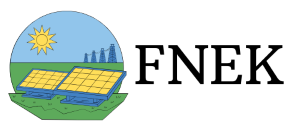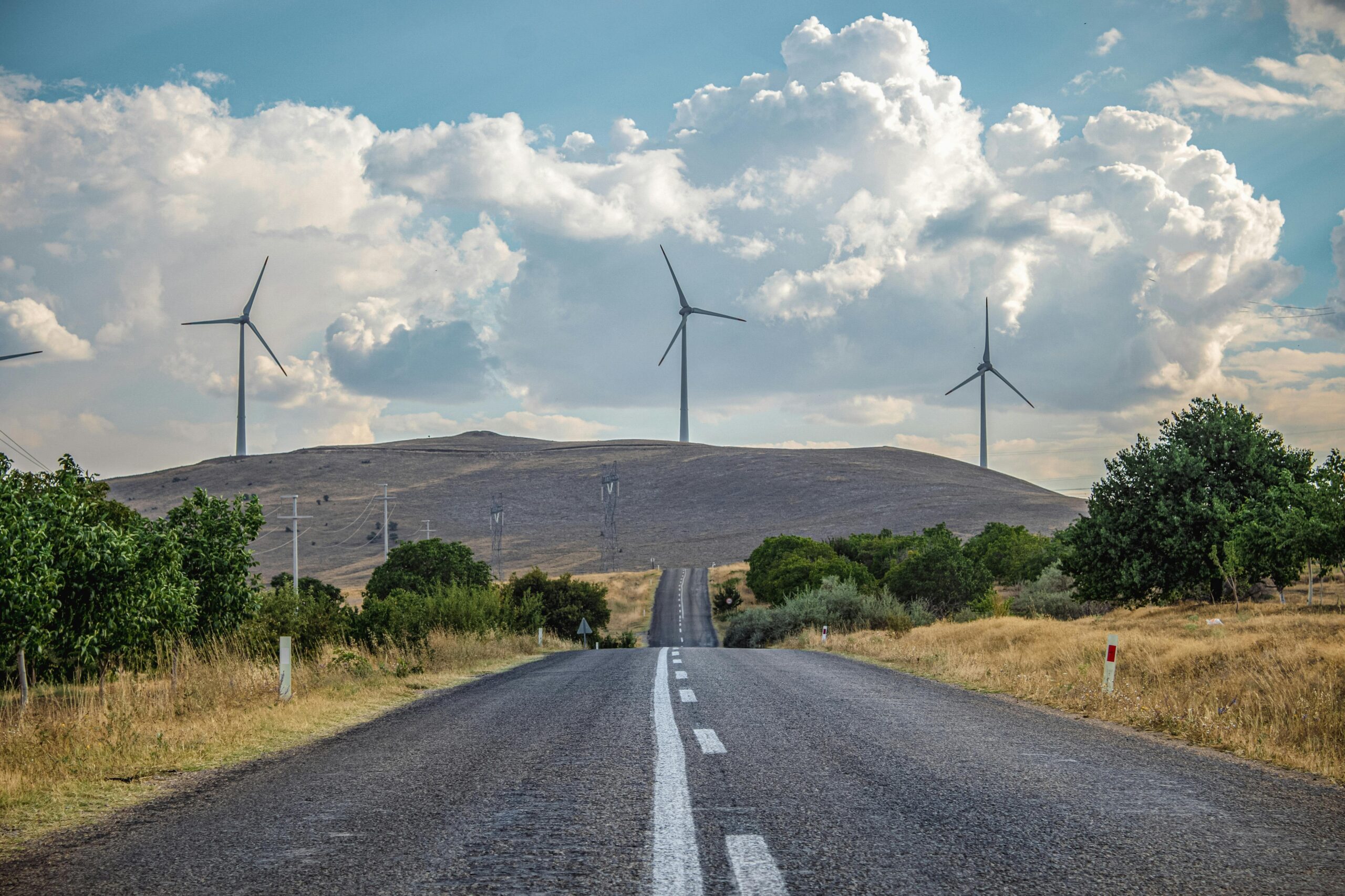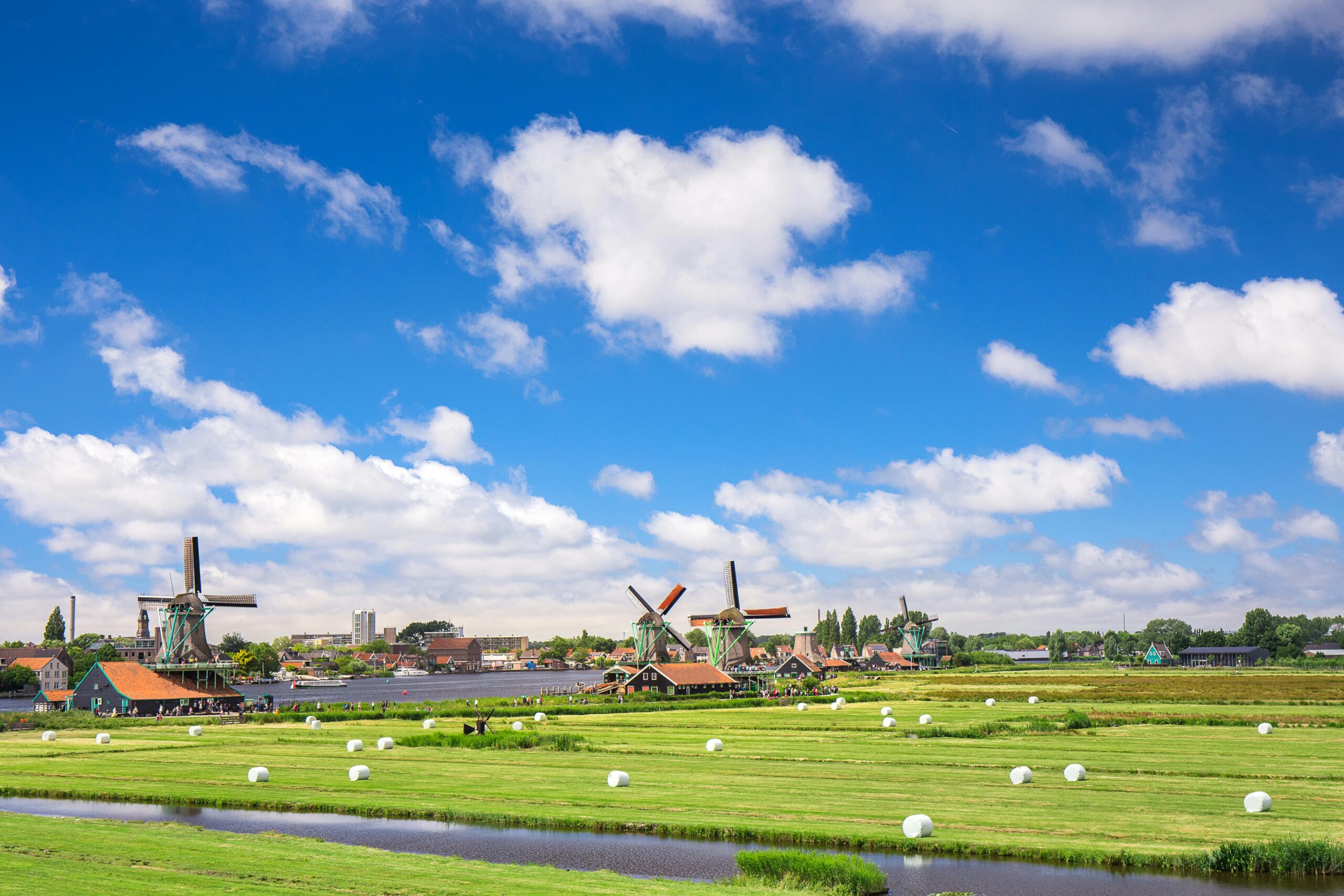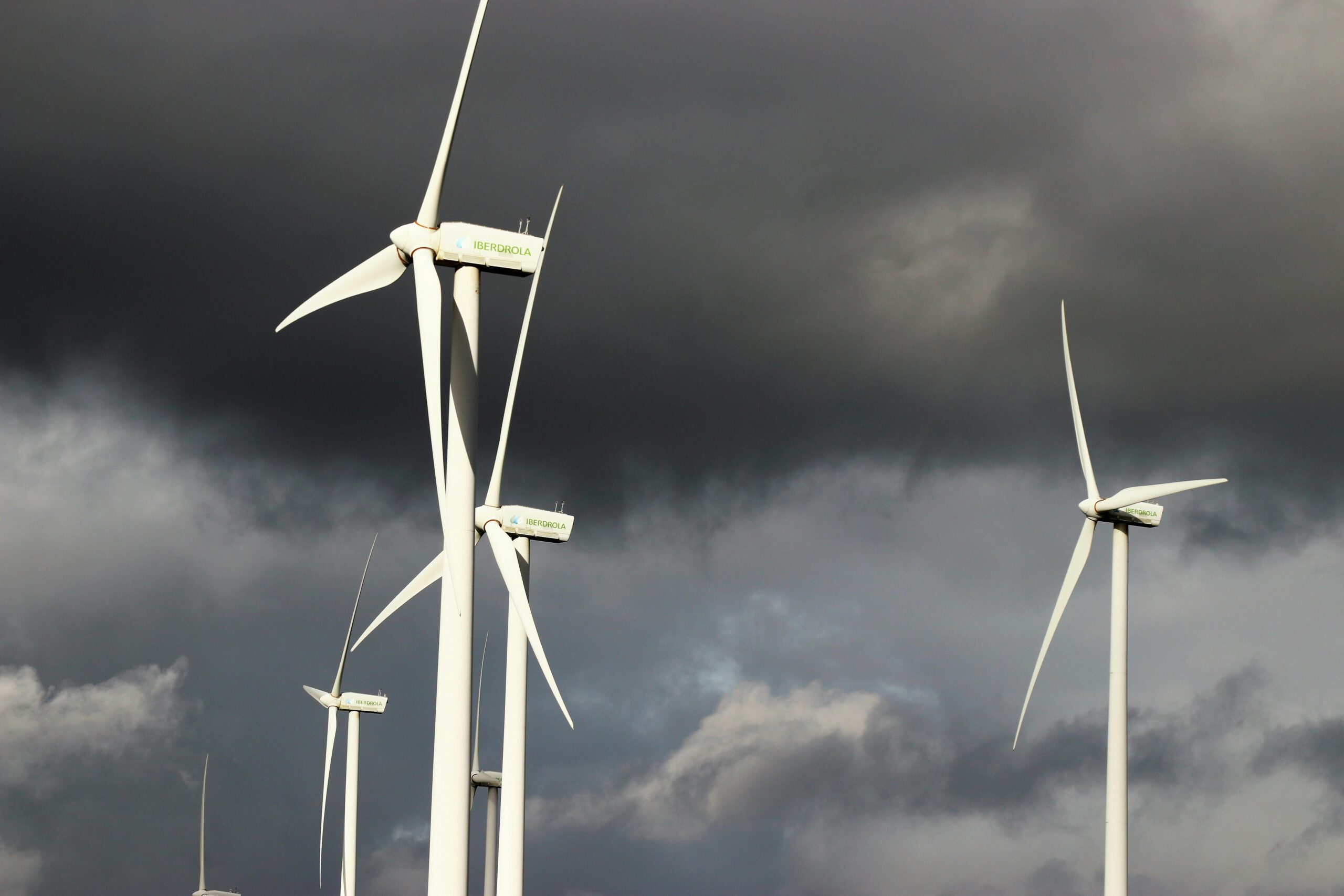As countries around the world strive to transition to renewable energy sources, integrating wind power into the existing energy grid poses both significant challenges and innovative solutions. Wind energy, while abundant and sustainable, presents unique issues related to its variable nature and the infrastructure required for effective integration. This article explores the key challenges of incorporating wind power into the energy grid and discusses potential solutions to enhance grid reliability and performance.
1. Challenges of Integrating Wind Power
Intermittency and Variability: One of the primary challenges of wind energy integration is its intermittent and variable nature. Wind power generation can fluctuate based on weather conditions, leading to inconsistent electricity supply. This unpredictability complicates grid management and makes it difficult for grid operators to ensure a stable and reliable energy supply.
Grid Infrastructure Limitations: Many existing energy grids were designed primarily for conventional power sources, such as coal and natural gas. These grids may not be equipped to handle the distributed generation model characteristic of wind energy, leading to issues like congestion and voltage fluctuations. Upgrading infrastructure to accommodate increased wind capacity is often costly and time-consuming.
Energy Storage Requirements: To effectively integrate wind energy, efficient energy storage solutions are necessary. Storage technologies, such as batteries, are essential for managing the surplus energy generated during windy conditions and ensuring a steady supply during calm periods. However, current energy storage solutions can be expensive and limited in capacity, creating barriers to widespread wind integration.
2. Solutions for Successful Integration
Smart Grid Technologies: The adoption of smart grid technologies can significantly enhance the integration of wind power into the energy grid. Smart grids utilize advanced communication and automation technologies to monitor and manage electricity flow in real-time. By providing data on demand and supply, smart grids can optimize the use of wind energy and improve grid reliability.
Flexible Power Markets: Implementing flexible power markets that encourage demand response and dynamic pricing can help accommodate wind energy’s variability. By incentivizing consumers to adjust their energy use based on supply availability, utilities can better match demand with fluctuating wind generation, reducing strain on the grid.
Enhanced Transmission Infrastructure: Developing new transmission lines and upgrading existing infrastructure is crucial for integrating wind power. By expanding transmission networks to connect remote wind farms with urban centers, grid operators can distribute wind energy more effectively and reduce congestion. Additionally, high-voltage direct current (HVDC) technology can facilitate long-distance transmission with minimal energy loss.
Energy Storage Innovations: Investing in advanced energy storage solutions is essential for balancing supply and demand. Technologies such as pumped hydro storage, compressed air energy storage, and next-generation batteries can store excess wind energy for later use. Continued research and development in energy storage will be vital for overcoming integration challenges.
3. Policy Support and Collaboration
Effective policies and collaboration among stakeholders are key to facilitating the integration of wind power into the energy grid. Governments can play a significant role by:
- Establishing Clear Regulatory Frameworks: Creating supportive regulatory environments can encourage investment in renewable energy infrastructure and storage technologies. Policies that prioritize renewable energy integration will help streamline processes and reduce barriers.
- Promoting Research and Development: Funding research into innovative grid technologies and energy storage solutions can accelerate the development of new tools and practices for integrating wind power.
- Fostering Collaboration: Encouraging collaboration between utilities, grid operators, and renewable energy developers can lead to innovative solutions that enhance grid flexibility and resilience. Sharing knowledge and resources among stakeholders will be crucial for addressing the challenges of wind energy integration.
Conclusion
Integrating wind power into the energy grid presents both challenges and opportunities. While the variability of wind energy and existing infrastructure limitations pose significant hurdles, innovative solutions such as smart grid technologies, flexible power markets, enhanced transmission infrastructure, and energy storage innovations can facilitate successful integration. By implementing supportive policies and fostering collaboration among stakeholders, countries can harness the full potential of wind energy, contributing to a more sustainable and resilient energy future. As the world continues to transition to renewable energy, addressing these challenges will be essential for achieving long-term energy goals.








Leave a Comment